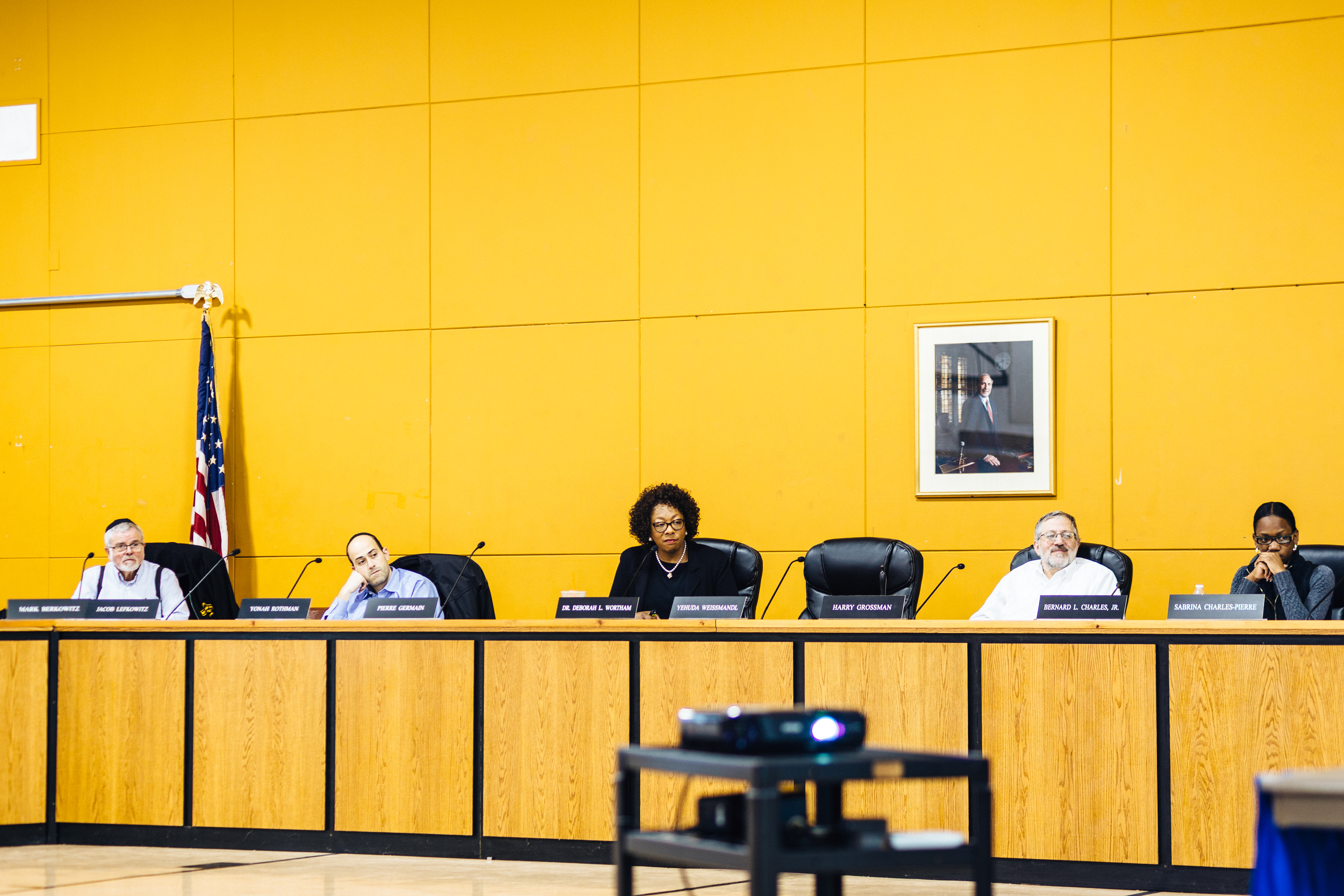Pro-Palestinian Campus Protests Shouldn’t be Snuffed Out by Police
Civil Liberties Union

Even if your school district isn’t as deeply troubled as the East Ramapo Central School District in the Lower Hudson Valley, it might very well be suffering from the same Voting Rights Act violation.
East Ramapo is a racially diverse district — a little less than half of the residents in the district are people of color — but it has a very segregated school system. Ninety-six percent of the district’s public school students are children of color, while 99 percent of its private school students are white.
But because of a very common method of electing school board members, the entire East Ramapo Board of Education consists of candidates preferred by the district’s white voters. The district uses at-large elections, which means that board members are elected by all the voters of the school district, rather than voters from individual geographic areas. Extreme racial polarization in the school system is reflected in racially-polarized voting in district elections. The white majority tends to vote as a bloc to support candidates who favor low taxes and high investment in private school services, while black and Latino voters tend to support candidates who favor investment in the public schools.
As a result, candidates supporting the public schools and backed by minority voters have not won a contested election for a seat on the school board since 2007. Out of the past 33 elections for board seats, candidates supported by public school advocates have won only four contests — and in each of those races, that candidate was unopposed. The upshot is that candidates preferred by communities of color can only win elections when the white voting bloc lets them win, effectively exercising a veto over any candidates.
“We need people on the board with a vested interest in what is best for our public school children. That’s the only way that students like my son will be given the tools they need to succeed.”
At-large elections, with racially-polarized voting, and segregated schools are common features in school districts nationwide. When these circumstances combine to deny racial minorities an equal opportunity to translate their voting strength into representation on the board of education, the Voting Rights Act may be violated. If this sounds like your community or one nearby, that’s not surprising. Minorities are under-represented on school boards, city councils, and other local government bodies across the country.
The electoral history of East Ramapo and its consequences for the district’s public school students are unusually stark. Only 22 percent of students in grades 3-8 are proficient in English, and only 19 percent are proficient in math. In 2016, Spring Valley High School and Ramapo High School had the lowest graduation rates and highest dropout rates of all public high schools in Rockland County, New York.

The precipitous decline of East Ramapo’s public schools coincide with huge spending cuts resulting from the board’s fiscal mismanagement of the district, which was once one of the academic crown jewels of New York State. A 2014 State Education Department report found that between 2009 and 2014, over 445 positions in the district were eliminated, including 200 teachers, as well as a raft of social workers, guidance counselors, and assistant principals among others. Full-day kindergarten was cut to a half-day, courses for English language learners were reduced, summer school was eliminated and athletics and extra-curricular activities were cut by more than half. Meanwhile, the board did not make any meaningful cuts to expensive services that disproportionately benefit private school students, including busing without mileage limitations (state law does not require busing for students who live less than 2 miles from school) and gender-segregated busing.
The state has put monitors in the district since 2014 and also appropriated supplemental funds to restore some of the cuts, but many cuts have yet to be restored, and future funding is uncertain. Regardless of the state’s involvement, minority voters are entitled to an equal opportunity to participate in the district’s political process, which they are currently denied.
The New York Civil Liberties Union Foundation and Latham & Watkins sued last week to change that. The lawsuit charges that the East Ramapo Board of Education’s at-large voting scheme violates Section 2 of the Voting Rights Act of 1965, which prohibits voting practices that discriminate on the basis of race, color or minority status. The suit demands the board hold no further elections until a ward system is in place, calling for nine single-member districts.
We went to court on behalf of the Spring Valley NAACP and parents like Eric Goodwin.
Eric moved to East Ramapo and hoped his 12-year-old son would get a quality public school education. Instead, Eric discovered his son needed a private tutor because the instruction his son received from the district’s harried teachers was not sufficient. His son’s music class didn’t have enough musical instruments, so Eric had to rent a clarinet for $35 a month. And the district didn’t even provide something as basic as a science textbook.
Eric knew his son and the other 8,500 public school students in East Ramapo deserve better, so he decided to run for a seat on the school board. Eric received an overwhelming number of votes from the black and Latino community, but he still lost, just like the other minority candidates who ran in contested elections over the last decade.
“When I ran for a seat on the school board, I wanted to make a difference. But because of the current voting system, my voice was stifled,” Eric said. “We need people on the board with a vested interest in what is best for our public school children. That’s the only way that students like my son will be given the tools they need to succeed.”